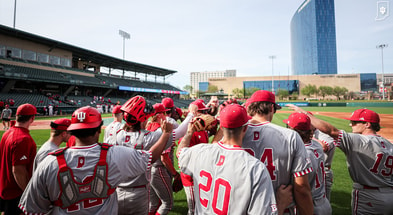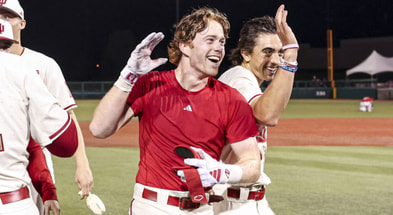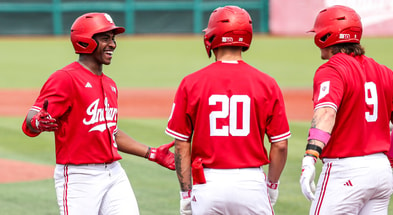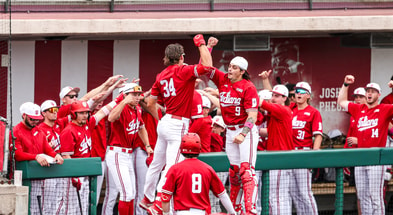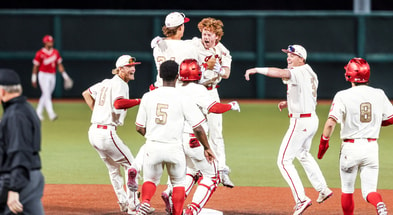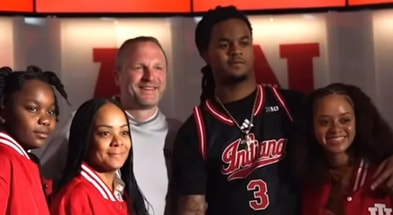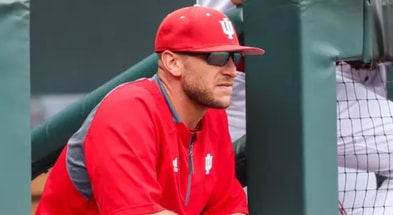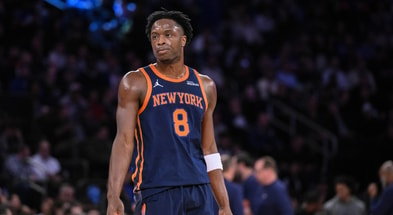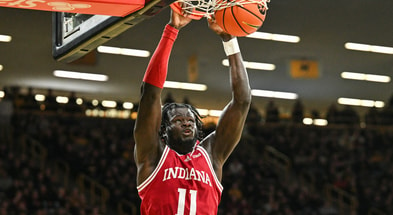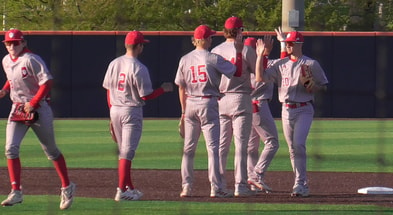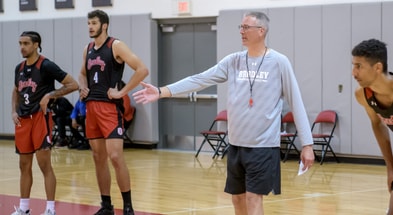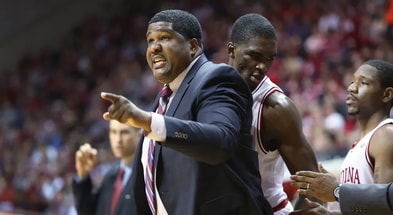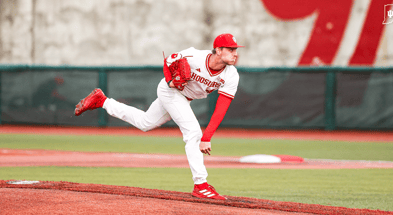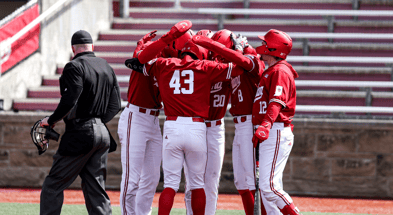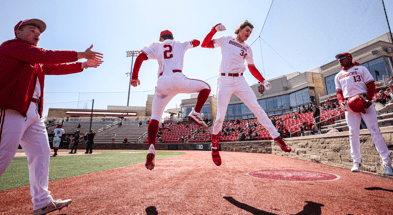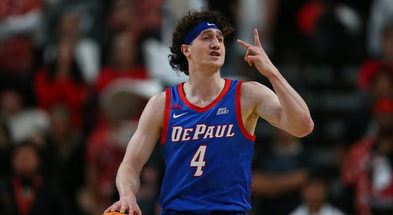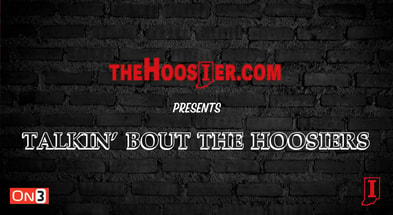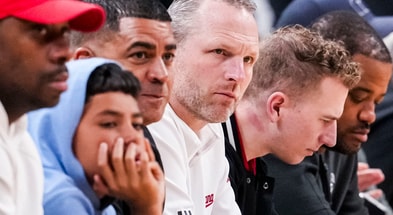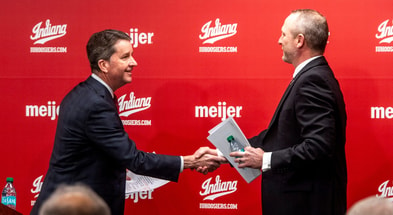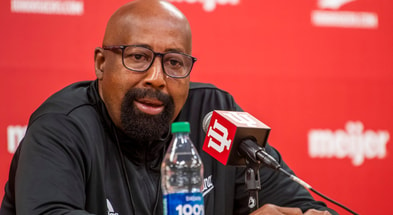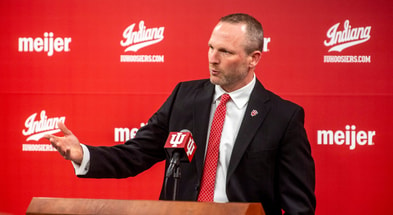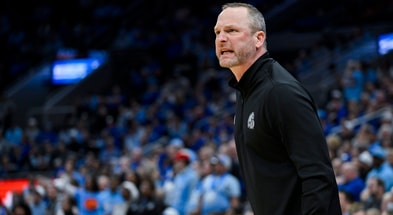Indiana finds themselves in college basketball's 'golden tier' of NIL

NIL has completely changed college sports. Some would argue the changes have been good for the sport while others will strongly disagree.
The new age of college athletics has been described as the Wild, Wild West, and rightfully so.
Schools are tampering with opposing players. Athletes are reaching out to opposing schools looking for more money.
There is little to no structure and it’s allowed schools to throw endless amounts of money at their programs hoping to buy wins.
The House v. NCAA settlement will be approved soon, but until then nothing is stopping this chaos that is college sports.
Darian DeVries and Indiana have taken full advantage of the chaos thus far.
DeVries has been tasked with completely rebuilding the roster and he’s done so with the powerful backing of the Hoosiers’ NIL superpower.
While he is not done yet, DeVries has already added six players in the transfer portal highlighted by Lamar Wilkerson, Reed Bailey, Tucker DeVries, Tayton Conerway, and others.
Despite the major additions, there are still six open roster spots remaining that DeVries will work to fill.
CBS Sports national writer Matt Norlander spoke to several coaches across the country who shared details regarding the mayhem, which is college basketball.
Norlander found several schools in the “golden tier” of NIL with over $10 million in resources to build their roster including Indiana.
The other schools in the “golden tier” are Arkansas, BYU, Duke, Kentucky, Louisville, Michigan, North Carolina, St. Johns, and Texas Tech.
“These programs either have $10 million committed already or are easily capable of reaching that total in roster-building efforts by the end of this year’s transfer cycle,” Norlander wrote. “They are 2025’s whales of the portal, loading up on most of the priciest players and drastically inflating the market in the process.”
While those schools seem to be the top tier, there is another group of programs just below with around $8 million in NIL resources.
Auburn, Connecticut, Florida, Houston, Kansas, Kansas State, Miami, Purdue, Tennessee, Texas, UCLA, USC, Villanova, Virginia, and possibly more schools make up that next tier.
Top 10
- 1New
2nd Round NFL Mock Draft
QBs under microscope
- 2Hot
Shedeur Sanders reacts
To going undrafted in 1st round
- 3
Marcus Spears fires back
At Stephen A. Smith over Shedeur take
- 4
Picks by conference
SEC, Big Ten dominate NFL Draft
- 5
10 Best Available Players
After NFL Draft 1st Round
Get the On3 Top 10 to your inbox every morning
By clicking "Subscribe to Newsletter", I agree to On3's Privacy Notice, Terms, and use of my personal information described therein.
With many schools having the ability to spend, it has created massive inflation for the market to add players.
Norlander pointed to Nijel Pack receiving $400,000 per season to play at Miami a few years ago to become the highest-paid player in college basketball. Now today we are seeing players making ten times that amount like Texas Tech’s JT Toppin.
“While the reasons for college basketball’s explosion in player pricing are many, one big culprit is the domino effect from the richest programs,” Norlander wrote.
“Approximately a dozen schools are inflating the market because they have the capital to do so and the thirst to chase almost any player, regardless of how big the price tag. This dynamic has fattened in a matter of months.”
The current structure gives schools like Indiana a leg up as they continue to build their roster. While the Hoosiers have already spent quite a bit of money so far, they are far from done with six open spots and more resources to spend.
Until the House v. NCAA settlement is approved, nothing is going to change, which leaves Indiana in a strong position to build one of the most expensive rosters in college basketball for next season.
“Everyone from coaches to agents to athletic directors to commissioners to the president of the NCAA is waiting to see when Judge Claudia Wilken pushes the House case settlement through,” Norlander wrote.
“Until then, this is what college sports and college basketball will be: an unregulated economy that amplifies upon itself, a sport in perpetual upheaval while simultaneously feeling freer than ever. Players will continue to get rich on a scale that was once unthinkable, then quickly became inevitable, and now might be irreversible.”

